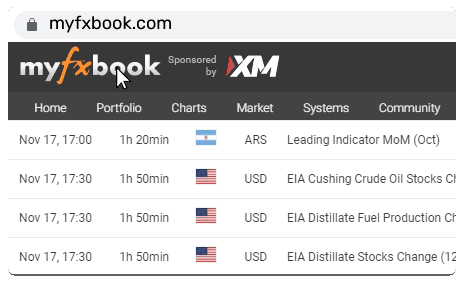How Does a Triangular Arbitrage Bot Find Profitable Opportunities?
In crypto and forex trading, currency prices can change so quickly that differences last only a few seconds. Triangular arbitrage refers to the practice of taking advantage of these minor discrepancies in price to make a risk-free profit. Triangular arbitrage opportunities exist for microseconds, and for human traders, there is often not enough time to take advantage of these inconsistencies; however, the use of an automated triangular arbitrage bot will scan for trading discrepancies, detect these differences and quickly take advantage of them repeatedly when there is a difference in the order of fractions.
What is Triangular Arbitrage?
Triangular arbitrage refers to executing a strategy utilizing three currencies. Such a strategy would use a first currency pair price to determine whether there is a profitable opportunity. The entire trade execution process would begin by executing a trade converting a first currency into a second. This process would repeat until the conversion of the third currency is done, at which time the profits would be realized by returning back to the first currency. For instance, in executing the trade USD → EUR → BTC → USD, there must be an opportunity or profit if one dollar rebuilds to more than $1 USD on return.
Role of Arbitrage Bots
The human trader cannot react fast enough to take advantage of minor disparities in pricing. Bots utilizing a triangular arbitrage strategy will continually monitor a number of trading pairs simultaneously for possibilities of small prices, and execute all trades in milliseconds to take advantage of small pricing before the market adjusts.
How Triangular Arbitrage Bots Work
Market Data CollectionBots collect real-time prices from exchanges using APIs. Minimizing latency is critical because even a fraction of a second can make a profitable trade obsolete.
Opportunity DetectionThe bot calculates potential profit by simulating the conversion cycle and subtracting the initial amount. Only opportunities above a certain profit threshold, accounting for fees, are considered worth executing.
Risk and Fee CalculationTrading fees, slippage and withdrawal costs are factored into profit calculations. A trade is executed only if the net profit is positive after all costs.
Trade ExecutionOnce a profitable opportunity is identified, trades are executed simultaneously across all three currency pairs to lock in gains.
Monitoring and LoggingBots keep records of executed trades and measures relating to performance, which enable traders to enhance their strategies, and ensure compliance in the financial space.
Challenges and Optimizations
Triangular arbitrage bots are subject to strong competition, liquidity and regulations. Some of the optimizations that include low latency APIs, parallel processing, dynamic thresholds and predictive algorithms.
Conclusion
Triangular arbitrage bots incur profits by the ability to quickly price gaps, calculate net profits, and execute trades within milliseconds. Speed, accuracy, and good risk management are critical elements in automated trading.
Great overview on triangular arbitrage! I'd like to add a couple of considerations from my experience with automated trading:
The crucial point you mentioned about latency is fundamental. In my experience, the difference between a profitable bot and one that loses money lies precisely in the infrastructure: co-located servers near exchanges and optimized APIs make all the difference.
Another critical aspect is risk management. Although triangular arbitrage is theoretically "risk-free", in practice there are partial execution risks - if only 2 of the 3 trades execute successfully, you're left with unwanted open positions. A good bot must have rollback logic.
Finally, for beginners: profit margins are very thin (often below 0.1%), so you need significant capital to make the strategy interesting after fees and slippage.













